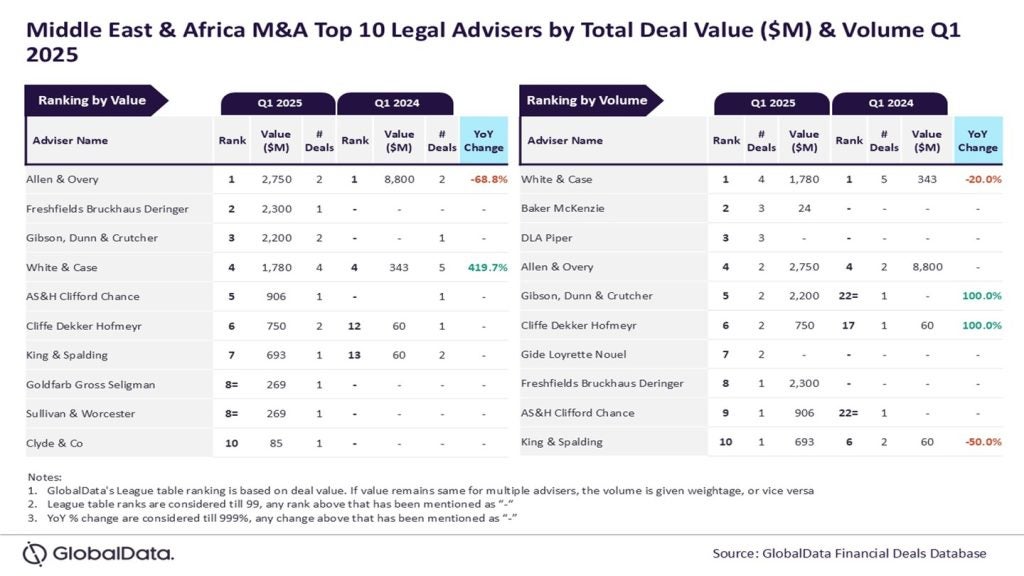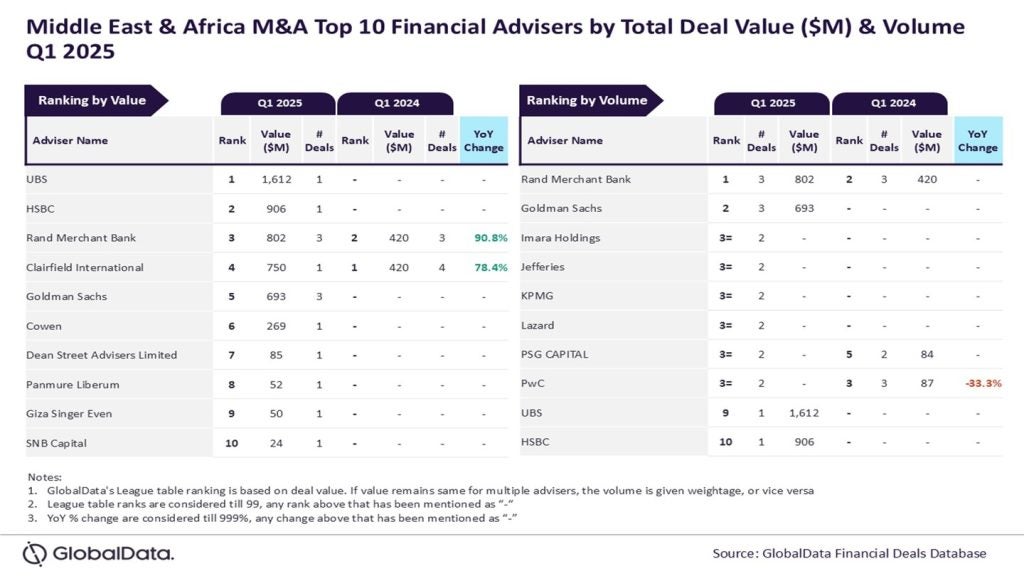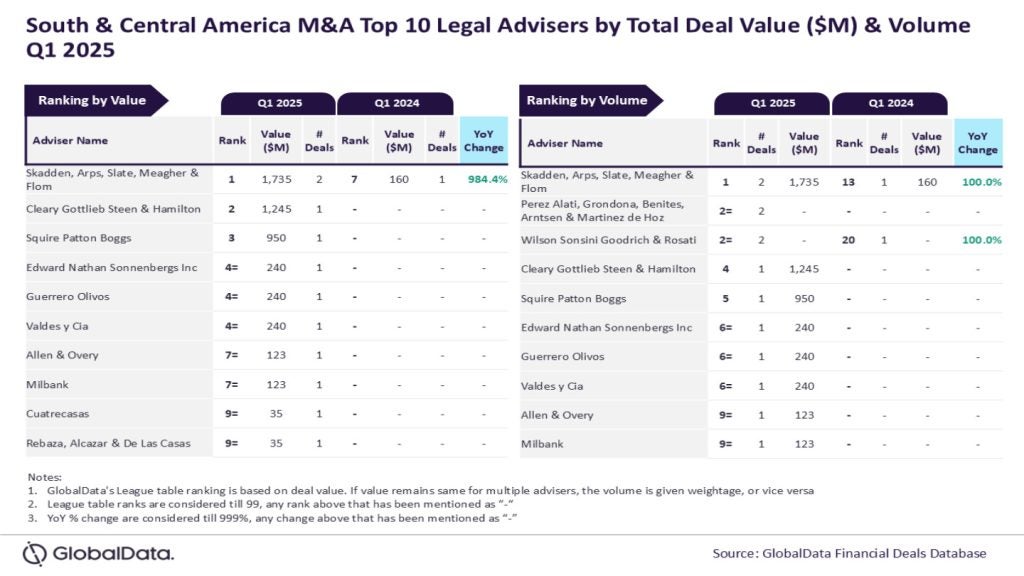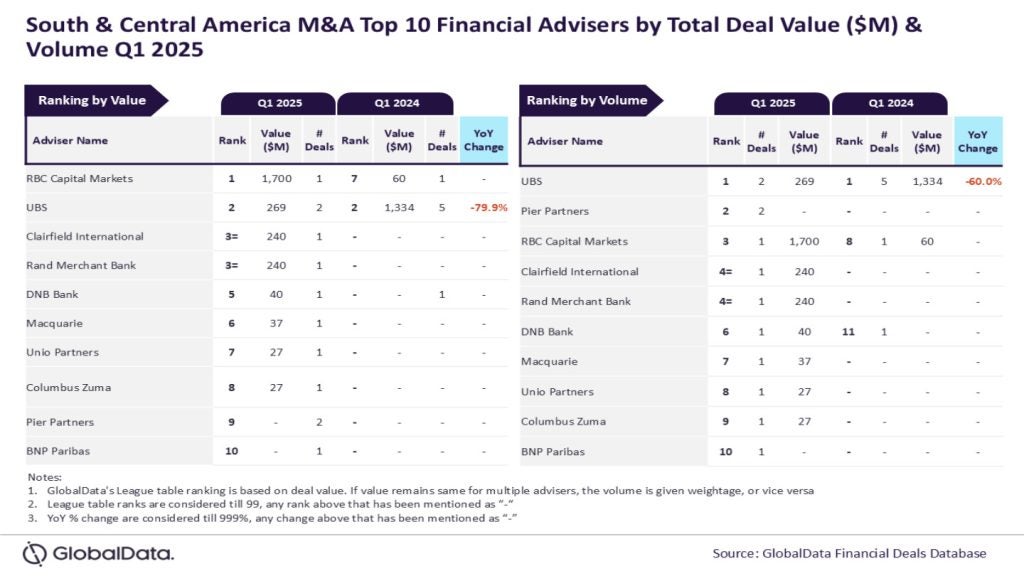It can be said that 2024 was the year of private credit. The growth of the market has been rapid and substantial, exceeding the $2trn mark for the first time in 2024. Over the past decade, it has quadrupled in size, and some predict it could reach $3.5trn by 2028.
For PE firms, this rapid evolution of the private credit sector comes with certain ironies. On the one hand, it effectively represents a rival asset class from a fundraising perspective, providing investors with a different type of risk and return profile. Some funding that might once have found its way into PE funds may now have been invested in private credit instead, particularly during “risk-off” periods for investors worldwide.
Variety of new opportunities for PE firms
On the other hand, the private credit sector provides a variety of new opportunities for PE firms to secure financing at both the portfolio and the fund level. Blackstone Alternative Credit Advisors, for instance, signed a $5.5bn multicurrency senior secured revolving credit facility, which is considered top of its class for the BDC industry; and Centerbridge Partners acted as co-lender on a $510m asset-based lending (ABS) transaction with Blue Owl, acting as collateral manager, and Société Générale, as arranger.
Meanwhile, KKR has worked on more than 25 individual financing transactions in the past year totalling over $13.76bn, including asset-based facilities, rated notes issuances, repurchase transactions and other innovative structures.
As the search for liquidity goes on, PE firms attracted to the agility, speed and suitability of private credit products continue to make more use of the industry. In July 2024, Dechert surveyed 100 senior-level executives at PE firms worldwide about their take on the past year, as well as their outlook for 2025. Respondents highlighted several areas in which private credit has supported their activities.
The rise of private credit to support acquisition financing
Most commonly, almost two-thirds of PE firms (63%) say they now use private credit to support acquisition financing in their portfolios. In the Asia-Pacific region, three-quarters of respondents cite this use case – perhaps surprising given the strong levels of bank liquidity available in the region for acquisitions, though India and Australia have seen significant private credit activity.
Private credit is also underpinning refinancings and recapitalisations, with 62% of PE firms worldwide using the sector’s solutions in this way. More broadly, almost half of PE firms (47%) say they use private credit for general corporate borrowing at the portfolio level.
Net asset value financing
Net asset value (NAV) financing is another area in which the private credit sector continues to make inroads into PE firms, with significant minorities of funds taking on debt. Such facilities, involving loans secured against the net asset value of the underlying assets in their portfolios, provide GPs with a means to generate cashflow without having to turn to the secondary market. In the current environment, where the slowdown in exit activity has been marked, that functionality is particularly valuable, enabling firms to return cash to investors. Texas-based Vista Equity Partners and Sweden’s Nordic Capital are among those to have used NAV financing this year.
Similarly, more than a third of PE firms in this research (36%) say they have set up subscription lines. These are loans secured against the commitments to the fund made by investors – rather than on the underlying assets – and help the GP to manage capital calls on LPs more efficiently and LPs to manage their own funding requirements.
The added advantage is that by shortening the holding period for investors’ capital, the internal rate of return (IRR) on investments that appreciate in value will naturally be higher (but cash-on-cash return will be lower).
The appetite for private credit remains strong across the product range currently being made available. With a hopefully reducing interest rate environment approaching and an improving M&A market, it will be interesting to see how private credit deploys relative to other financing solutions throughout 2025.
David Miles is a Partner at Dechert LLP
This article is adapted from Dechert’s 2025 Global Private Equity Outlook. To read the full report, click here.








